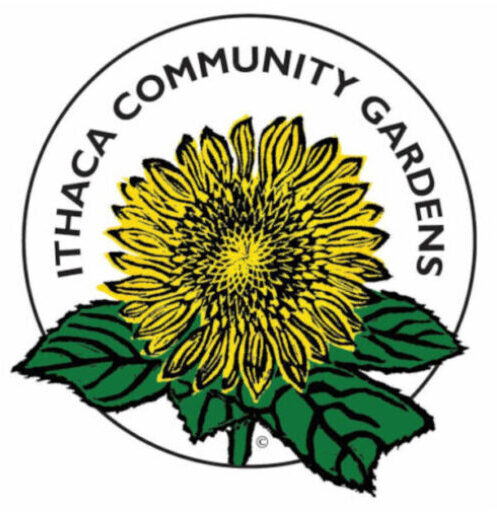GUIDELINES FOR WATERING YOUR GARDEN
by Margaret McCasland June 1999
The general principle to keep in mind is that plants, absorb water from their ROOTS. This means that you have to soak the soil so the plant can take water up through the roots to the rest of the plant. A second important principle is that roots are water seeking–they will grow in the direction of moist soil. The practical implication is that you should water long enough for the water to seep well below the surface. This keeps the roots as deep as possible, where they are most likely to find moist soil between rainfalls and/or waterings. If you water often, but only long enough to dampen the top 1/2″ of soil, then the roots will grow UP instead of DOWN.
Less frequent but longer watering helps plants stay healthy in hot, dry weather because most of their roots are very deep where the soil is still moist. Ever notice how deep the roots are on weeds? The bad news is, deep watering takes much longer than a quick spray of the plants’ leaves. The good news is, you don’t need to water nearly so often. Even in the hottest, driest part of summer, most plants with well-developed deep roots can go a full week between waterings. Fortunately, you don’t have to hold a hose the whole time you are watering the soil. Awareness of water conservation and improvements in gardening techniques has led to the development of “soaker” hoses and similar drip systems which deliver the bulk of the water to the soil. Old-style spray irrigation was found to lose most of the water to evaporation.
Here in the Community Gardens, you may want to get an inexpensive hose attachment which puts out a gentle spray which can be directed towards the base of the plants. You can set it at an angle which lets water flow over a large portion of a row or raised bed. All you have to do is move it to another spot every 5 minutes or so.
QUESTIONS: So why do we usually water the tops of plants? Because it’s convenient to water with hoses, and because watering from the top looks natural, like rain. However, brief rain showers don’t help plants very much either. Most of us don’t have the patience to hold a garden hose long enough to replicate a good, long rain which soaks the soil several inches deep. Does this mean we don’t EVER have to water the plants’ leaves? If it hasn’t rained for 2-3 weeks, you may still want to water the tops of your plants occasionally to keep the dust down and to wash off excess insects. But my leaves are all droopy! Doesn’t this mean they need water? Maybe not. Many plants “wilt” on hot days to minimize evaporation from the leaves. If the soil is moist below the surface, they have plenty of water and will stop wilting as soon as they cool off. If your plants are wilted early in the morning or on a cool, cloudy day, they do need water–and quickly. How do I know if I watered deeply enough? You need to dig into the soil to see where it’s moist. Good sign: If only the top 1/2 inch is dry, and your plants are well established, you don’t need to water yet! Not-so-good sign: If the top 1/2 inch is wet, but it’s still dry below that, you need to water more.
WATERING TIPS: GETTING DEEP ROOTS ON YOUR PLANTS: When setting out plants or seedlings with a lot of roots, loosen the roots before you put them in the soil, this may tear some of the roots, but it will stimulate new root growth. Give plants a good, deep soak as soon as you put them in ground and again every day until their roots are well-established. Most plants only need daily watering for a few days after they are set out.
FAST SEED-SPROUTING: Seeds sprout much faster if they are kept moist. Watering seeds daily or nearly daily can cut a week or more off germination time, especially in warm weather. Once they sprout, start watering less often (but thoroughly) so the seedlings will develop deep root systems.
DEEP-WATERING : “pre-watering” will help dry soil to absorb more water. Lightly water your whole garden first; then water each section more slowly. Ever notice how a slightly damp sponge absorbs more water than a bone-dry one?
HOSE-SPLITTERS: Since longer watering will tie up hoses longer, you may want to put a “hose splitter” on your faucet or on the end of a length of hose. That way you can be watering two parts of your garden at once, or two people in the Community Gardens can use the same water spigot at one time. If you’re only using one hose, you put a cap on the end of the un-used hose. In the Community Gardens, using two hoses at once reduces the water pressure to a reasonable level.
SAVING TIME : Use the extra watering time to pull weeds. It’s much easier to get them “roots & all” when the soil is moist.
LAZY GARDENER’S TIP: If your garden is very dry, but rain showers are predicted, give your garden a light pre-watering before the rain is due. More of the rain will soak in!
MORE LAZY GARDENING: Mulching keeps weeds down, but also helps keep moisture in. More mulch = less watering. Seedless straw doesn’t introduce as many “weed seeds” as regular hay does.
